Exploring Functional Fitness: Exercises for Everyday Life
Are you tired of feeling exhausted after simple daily tasks like carrying groceries or climbing stairs? Are you looking for a practical and effective way to improve your overall fitness and mobility? Look no further than functional fitness! In this blog post, we’ll be exploring the world of functional fitness and sharing some exercises that can help support everyday movements.
Whether it’s picking up a heavy box, reaching for something on a high shelf, or simply moving comfortably through your day-to-day life, these exercises will help strengthen your body in ways that transcend traditional gym workouts. So let’s dive in and discover the power of functional fitness!
What is functional fitness?
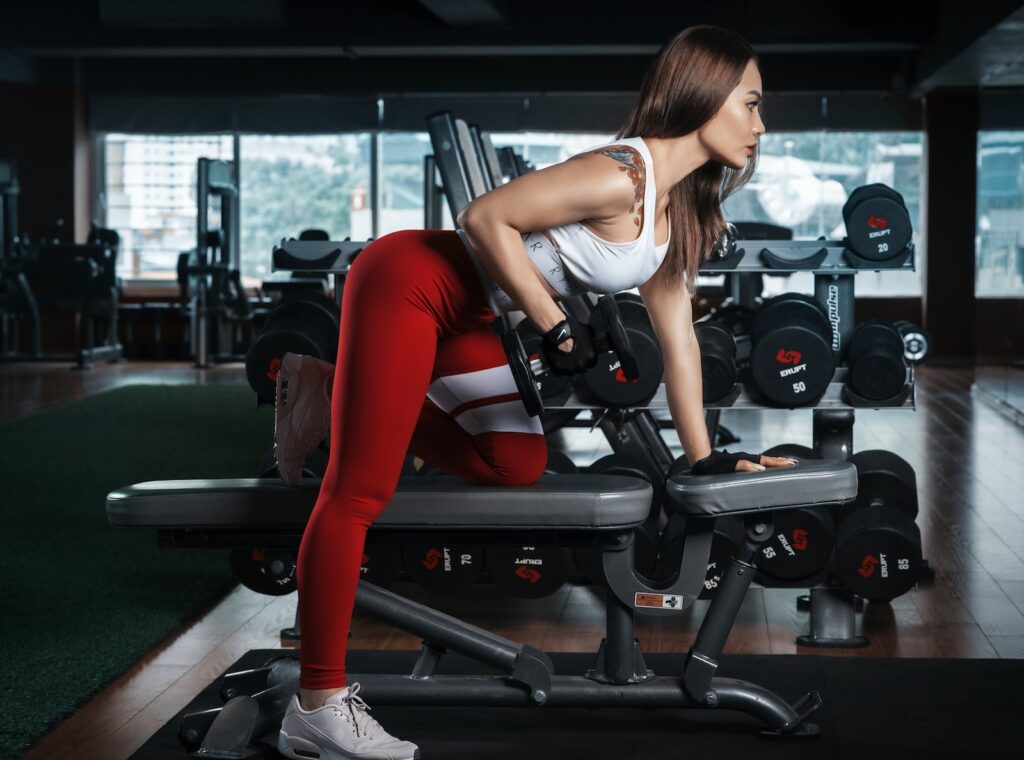
functional fitness is a term used to describe the ability to perform everyday activities with ease. It is a measure of how well your body functions, rather than how it looks.
Most people think of fitness as going to the gym and lifting weights or running on a treadmill. However, this type of exercise does not always transfer over to real-life situations. Functional fitness training does.
Functional fitness exercises prepare your body for the activities you do every day. They train your muscles to work together and provide the power, balance, and coordination needed for daily life.
Think about the movements you make throughout the day. Getting in and out of a car, carrying groceries, chasing after a toddler – these are all everyday activities that require strength, power, and agility. People with good functional fitness can perform these activities with ease.
Benefits of functional fitness
But what is functional fitness? And what are the benefits of functional fitness training? Let’s explore.
Functional fitness is a term used to describe exercises that mimic or recreate everyday movements. These types of exercises help to build strength and improve coordination, balance, and agility. In other words, functional fitness training can help you become better at performing the activities you do every day.
The benefits of functional fitness training are numerous. For one, functional exercises can help to improve your posture and alignment. They can also help to strengthen stabilizer muscles, which are small muscles that work to keep your joints in place. Strong stabilizer muscles can help to prevent injuries and improve your overall joint health.
In addition, functional fitness exercises can help to increase your cardiovascular endurance and improve your balance and coordination. All of these things can lead to improved overall health and an increased ability to live a active and healthy lifestyle.
Types of functional exercises
There are many types of functional exercises, but they all have one goal in common: to improve the way your body works in everyday life. Functional exercises can help you move more efficiently and safely, whether you’re walking up stairs or lifting a heavy object.
Some common functional exercises include squats, lunges, and deadlifts. These exercises target the large muscles in your legs and hips, which are used frequently in daily activities. Other functional exercises include push-ups, rows, and planks. These exercises target the muscles in your arms, back, and core, which are essential for good posture and balance.
Functional exercises can be performed using your bodyweight, resistance bands, dumbbells, or other equipment. You can do them anywhere—at home, at the gym, or even outside. And because they mimic everyday movements, they’re a great way to stay active and fit as you age.
Exercises for mobility and balance
Functional fitness is a type of exercise that prepares you for the activities you do in everyday life. It helps to improve your balance, coordination, and flexibility, as well as your overall strength.
There are many different exercises that can help you to achieve functional fitness, but some of the best ones for mobility and balance are listed below.
- Leg Swings: This exercise is great for improving your balance and coordination. To do it, stand on one leg and swing the other leg forward and backward. You can also try side-to-side swings to target your inner and outer thighs.
- One-legged Squats: As the name suggests, this exercise is performed by squatting on one leg only. This works your quads, glutes, and hamstrings, as well as improving your balance. If you find it difficult to maintain your balance, hold onto a chair or another stable object for support.
- Hip Bridges: This exercise strengthens your glutes and hamstrings while also improving your hip mobility. To do it, lie on your back with your knees bent and feet flat on the floor. Then raise your hips up towards the ceiling, hold for a few seconds, and lower back down again.
- bird-dog: The bird-dog is a great all-round exercise that targets multiple muscle groups at once. It strengthens your core, upper body, and lower body while also improving your balance and coordination . To do it, start in an all-fours position and alternate lifting one arm and the opposite leg off the floor.
- Single-Leg Balance: This is another great exercise for improving balance and coordination. To do it, stand on one leg with your arms out in front of you for balance. Then gradually lower down into a squat position and stand back up again.
Overall, there are many different exercises that can help to improve your mobility, flexibility, and balance. Try adding some of these into your weekly routine to see the best results!
Exercises for strength training
There are a variety of exercises that can be used for strength training. These include lifting weights, using resistance bands, bodyweight exercises, and even household chores.
Lifting weights is the most traditional form of strength training. You can use dumbbells, barbells, or weight machines at the gym. There are also many different exercises you can do with weights, such as squats, lunges, presses, and rows.
Resistance bands are another option for strength training. They provide resistance to your muscles as you move, making the exercise more challenging. They are also portable and can be used anywhere.
Bodyweight exercises are a great option if you don’t have access to weights or resistance bands. These exercises use your body weight as resistance, such as push-ups, pull-ups, and sit-ups.
Even everyday activities like carrying groceries or gardening can be a form of strength training. Anytime you’re moving your body and using your muscles, you’re helping to build strength.
Exercise for core strength
When it comes to functional fitness, core strength is key. Having a strong core will help you perform everyday activities with ease and can even help improve your posture. Luckily, there are plenty of exercises that can help strengthen your core muscles.
One great way to exercise your core is by doing crunches. To do a crunch, lie on your back with your knees bent and feet flat on the floor. Place your hands behind your head and lift your shoulders off the floor, contracting your abs as you go. Slowly lower back down and repeat for 10-15 repetitions.
For an added challenge, try adding a twist to your crunches. To do this, lie on your back with your knees bent and feet flat on the floor. Place your hands behind your head and lift your shoulders off the floor, contracting your abs as you go. Once you reach the top of the crunch, twist to one side before slowly lowering back down to the starting position. Repeat for 10-15 repetitions before switching sides.
If crunches aren’t enough to get those abs burning, try a plank instead. To do a plank, start in a push-up position with your hands directly beneath your shoulders and feet hip-width apart. Lower yourself down so that you’re resting on your forearms instead of yo 9ur hands. Make sure your body stays in a straight line from head to heels. Hold this position for 20-30 seconds before releasing and repeating as needed.
No matter which exercises you choose, make sure to focus on proper form and only do what you can handle with proper technique. Strengthening your core will take time—so be patient and consistent with your workouts!
Stretches for flexibility and recovery
Flexibility is an important component of functional fitness, as it helps your body recover from workouts and prevents injuries. Here are some stretches to help you improve your flexibility and recover from your workouts:
- Foam rolling: Foam rolling is a great way to loosen up your muscles and improve your range of motion. It can also help reduce soreness after a workout.
- Static stretching: Static stretching involves holding a stretch for a period of time, usually 20-30 seconds. This type of stretch is great for improving flexibility and preventing injures.
- Dynamic stretching: Dynamic stretching is a more active form of stretching that involves moving your body through a full range of motion. This type of stretch is ideal for warming up before a workout or competition.
- PNF stretching: PNF (proprioceptive neuromuscular facilitation) stretching is a more advanced form of stretching that involves using resistance to improve flexibility. PNF stretches are typically done with the help of a partner.
- Active recovery: Active recovery is any activity that helps you move your body and increase blood flow to your muscles. This can include walking, light jogging, or cycling at a low intensity. Active recovery helps improve flexibility and reduce soreness after a workout.
Tips for staying motivated with a functional fitness routine
Functional fitness is a term used to describe exercises that improve your ability to perform everyday activities. These activities can range from simple things like carrying groceries or climbing stairs, to more complex tasks like playing with your grandchildren or participating in sporting events.
There are many benefits to functional fitness, including improved strength, endurance, balance, and flexibility. Plus, it can help you maintain your independence as you age. However, starting—and sticking with—a functional fitness routine can be a challenge. Here are a few tips to help you stay motivated:
- Set realistic goals: Functional fitness is not about working out for hours every day or trying to achieve the perfect body. It’s about improving your overall health and quality of life. So, set goals that are realistic and achievable—such as being able to walk up a flight of stairs without getting winded or being able to play with your kids or grandkids without getting tired.
- Find an activity you enjoy: Exercise doesn’t have to be boring! There are many different types of functional fitness activities that can fit into any lifestyle. Find one (or several) that you enjoy doing and that fit into your schedule. This could be anything from taking a brisk walk around the neighborhood to joining a senior sports league to taking dance classes.
- Get support from family and friends: Family and friends can be a great source of motivation when it comes to exercising. Ask them to join you for walks or other activities, or even just to talk about your progress and provide moral support.
- Track your progress: Noticing the small improvements you make over time can give you a much-needed boost of motivation. Spend some time each week tracking your improvement, either in a journal or on a phone app. This can help keep you motivated and inspired to stay on track.
- Don’t be afraid to mix things up: If you start to get bored with one type of activity, switch it up! There are so many different functional fitness activities out there that range from low-impact exercises for seniors to more intense workouts for younger adults. Experiment and find something that works best for you.
Alternatives to Functional Fitness
When it comes to functional fitness, there are a number of alternatives that can be just as effective in helping you stay fit and healthy. Here are a few examples:
- Traditional Strength Training: This type of exercise focuses on building muscle strength and can be done using free weights, weight machines, or even your own body weight.
- Cardio Training: Cardio exercises help to improve your cardiovascular health and stamina. These can be done by walking, running, biking, swimming, or using a cardio machine at the gym.
- Yoga: Yoga is an excellent way to stretch and strengthen your muscles, while also promoting relaxation and stress relief.
- Pilates: Pilates is another great option for strengthening your muscles and improving your flexibility.
- Functional Training: This type of exercise uses movements that mimic everyday activities in order to improve your overall strength and function.
Conclusion
Functional fitness exercises help to make everyday life easier by improving your muscle strength, flexibility, and coordination. These exercises target key areas of the body and mimic real-life movements that you use in your daily routine. From running errands to climbing stairs, functional fitness can help prepare you for whatever physical activities come your way. With a bit of practice and dedication, these versatile exercises will become second nature and help you stay healthy while doing what matters most in life: living it!
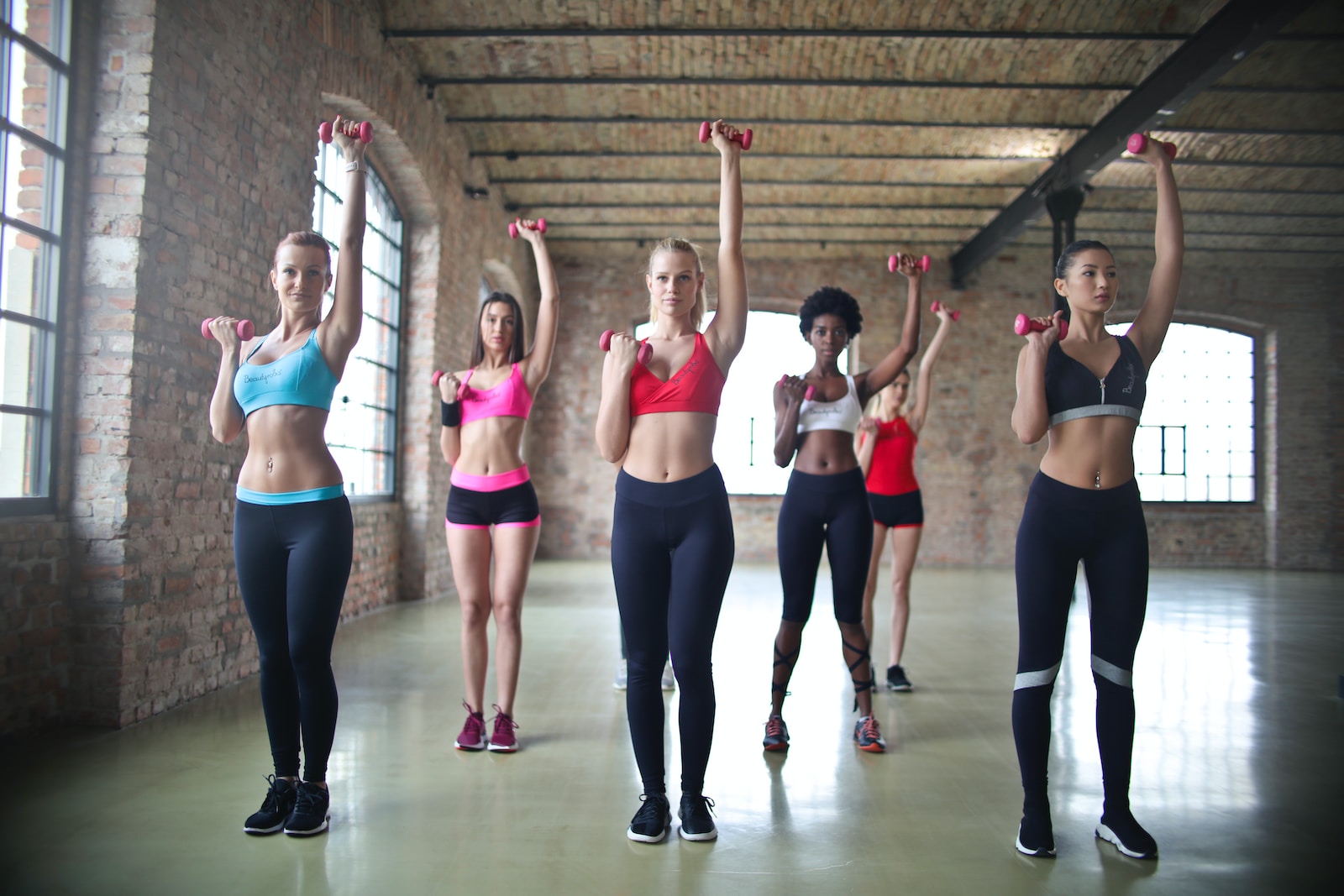
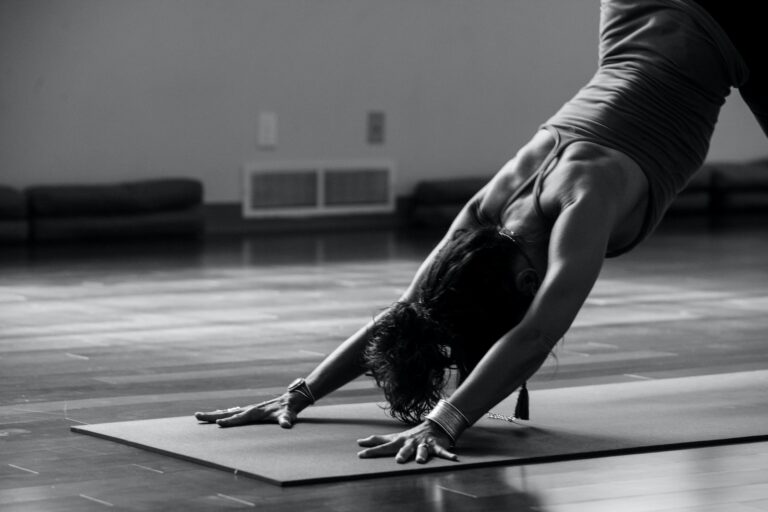


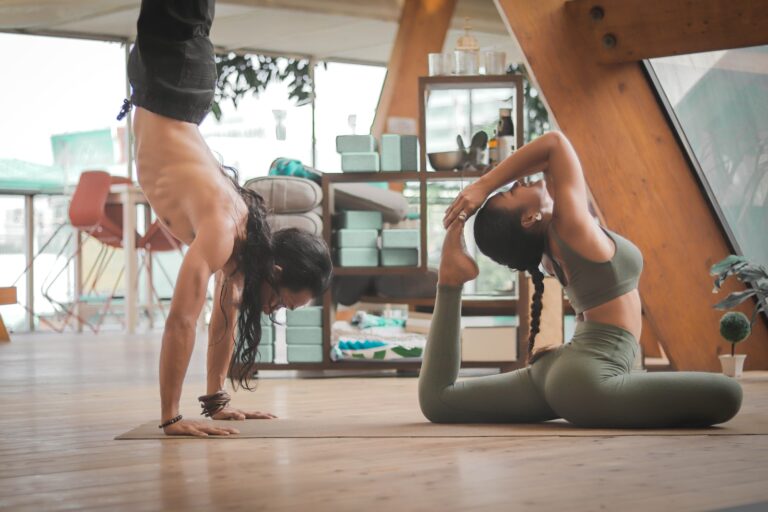

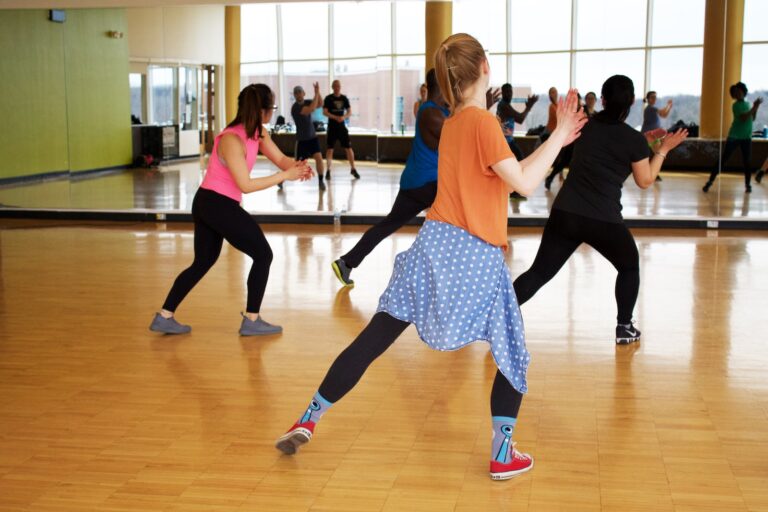
4 Comments